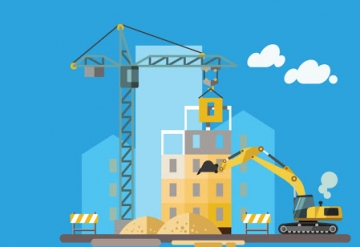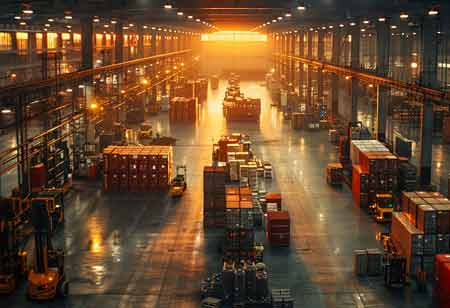THANK YOU FOR SUBSCRIBING

Why is the Demand for Intelligent Buildings on the Rise?
Logan Joseph, Director, Information Technology, John Deere

 Logan Joseph, Director, Information Technology, John Deere
Logan Joseph, Director, Information Technology, John DeereThe demand for intelligent buildings is increasing among people because the technologies connected to it help improve their use of buildings.
Today people live in a time where technology can turn inanimate objects into "smart" objects. Most late-model cars are faster than users at reacting to people in the blind zone and applying the brakes. If people run out of milk, the smart fridge will alert them. Making objects "smart" is impressive, but it becomes perplexing when the thing becomes more complicated, or its range of capabilities expands.
Unlike a car or a refrigerator, the purpose of a building is unpredictable. It can be used for anything, and it can take on any size space allows, which raises the question of how intelligent a building can be with such a wide range of possibilities. It can, for example,
employ motion sensors to turn off lights in less-used halls to save energy or use a Building Information Modeling (BIM) system to manage connected facilities efficiently.
These examples show that there are nearly limitless ways to improve how people utilize buildings and what they can get out of them. Let's look at a few of the significant instances of what's possible when people digitally empower a physical building to better appreciate intelligent building benefits.
Operate more efficiently
In facilities management, efficiency is a critical factor. In an intelligent building, to know whether a 12'x12' conference room is the optimum use of space, users can Install an occupancy sensor and connect it to a data aggregation program for a "smart building" solution. During typical business hours, the occupancy sensor will inform them how frequently and for how long people are in the room.
The term "smart building efficiency" encompasses a wide range of metrics in addition to space usage. A smart thermostat can optimize the heating and cooling of the building.
Motion sensor lights can help users increase their efficiency.
An intelligent building can teach people how to use it and predict its requirements, providing them with actionable knowledge to help them operate the facility more efficiently.
Synchronize essential systems
Smart buildings are also intended to assist facility managers in performing their duties more effectively, particularly regarding the facilities themselves. An intelligent building management system is one of the best examples of this.
Smart buildings send information and data points to a system that aggregates them regularly. Facility managers use this information to make informed decisions regarding everything from care and maintenance to upkeep and enhancements. Intelligent buildings are self-sustaining in many ways.
Streamline facilities management
The single most advantageous feature of an intelligent building is how it empowers facility managers. FMs receive the knowledge and skills they need to maintain and optimize a structure for efficiency and utility in ways that would be impossible to do without intelligent building technology. It all adds up to a better work environment that empowers employees and boosts productivity.
See Also: Top 10 Supply Chain Solution Companies
Read Also
Development of the Logistics Warehousing Market in Brazil
Driving Innovation and Preserving Tradition
Operational Leadership VS Field Leadership in the Utility Construction Business
People-First Innovation: Developing Virtual Design and Construction (VDC) Training Programs to Empower Field Team Members
Sustainable Projects: Aligning Business and Purpose in Latin America
Engage Smarter: Why Constraints Matter More Than Hazards

 Copyright © 2025 All Rights Reserved | by:
Copyright © 2025 All Rights Reserved | by: Construction Tech Review
| Subscribe | About us | Sitemap| Editorial Policy| Feedback Policy














